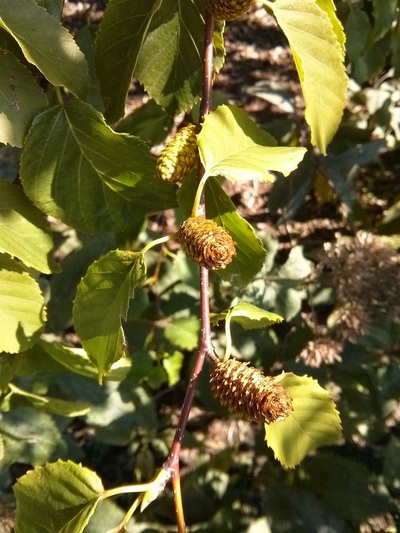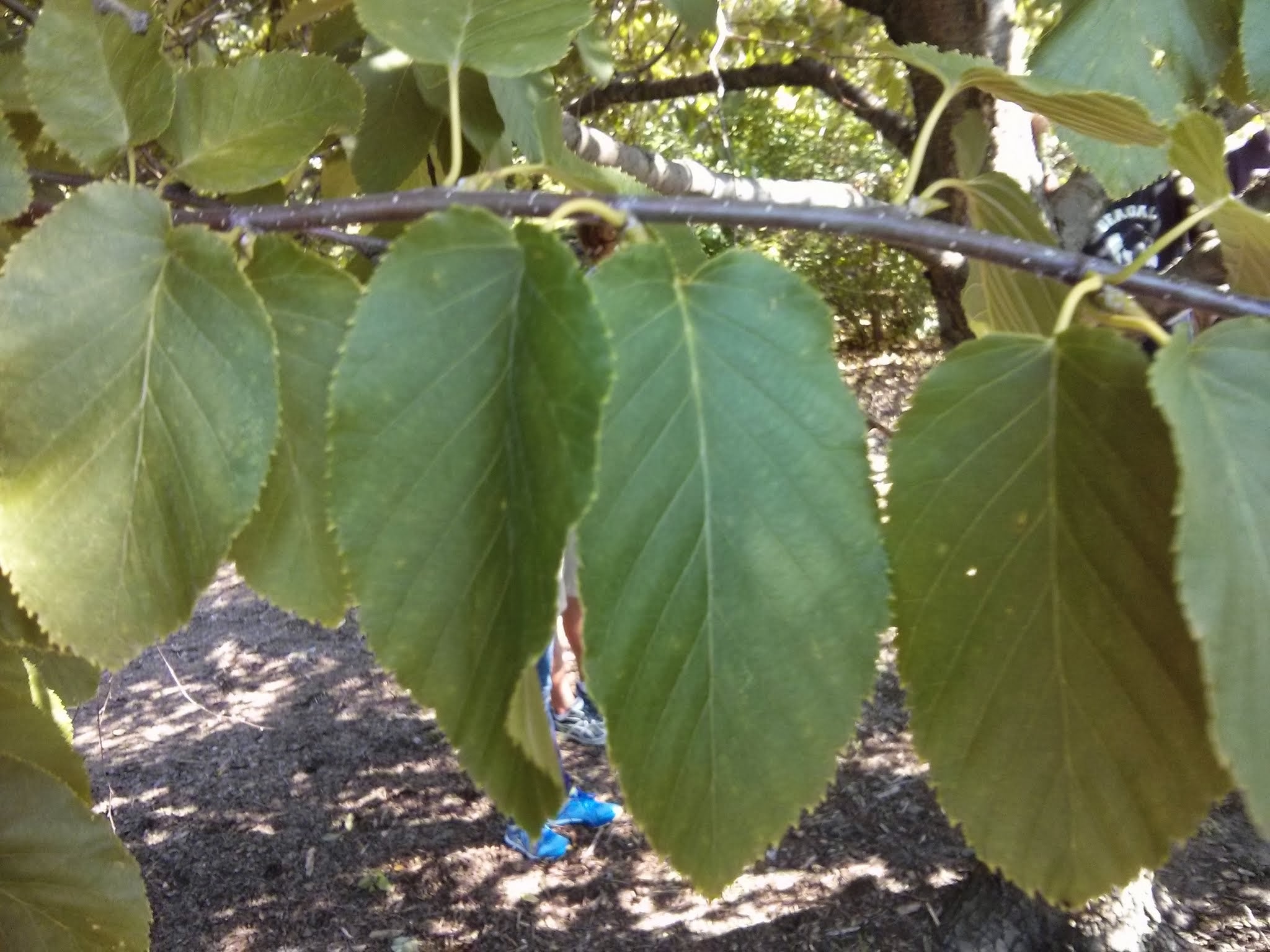Common Name: sweet birch
Scientific Name:
Family: Betulaceae
Genus: Betula
Species: B. lenta
Hardiness Zone: 4 to 7
Height: 40 to 55 ft
Width: 35 to 45 ft
Common characteristics:
Sweet birch has a brownish-black almost cherry-like, scaly bark and reddish-brown stems. It has a conical shape when young and becomes ovoid to globular in maturity. Leaves are simple in an alternate arrangement and have doubly serrate margins. They are green in the summer, turning yellow in the fall. Male catkins can be found at the tips of the branches hanging down when opened. The female catkins face upwards on the branches to release winged samaras carrying seeds for wind dispersal. An aromatic tree with an odor of wintergreen in crushed twigs and foliage.
Where it grows:
Sweet birch will grow in moist, well-drained soils and is tolerant to alkaline and clay soils. It will also tolerate road salts and wet sites. It is best to plant and transplant in the spring. Avoid pruning in the spring to prevent the tree from losing large quantities of sap.
How it’s used:
Sweet birch is an attractive tree for lawns and naturalized areas. Birch oil was used to flavor medicines and candy once obtained from the bark and wood of young trees. The trees can be tapped like Sugar Maples in early spring and the fermented sap can be made into birch beer.
Ecosystem services:
Sweet birch also attracts beautiful butterflies to the landscape, serving as a caterpillar/larval host as well as birds and small mammals.
Where it is native to:
Native to the eastern United States in rocky sites but does well in Minnesota.
Problems:
Like most birch trees, the sweet birch is susceptible to many pests and pathogens (such as leaf miners, aphids, and cankers) but unlike many of the others, it is resistant to bronze birch borer. This alone could make it a more viable alternative to other birch trees in the urban environment.
References:


